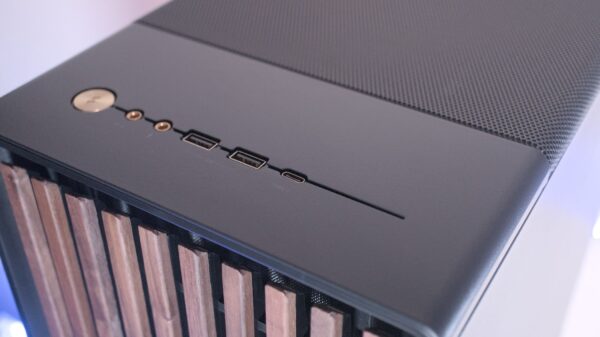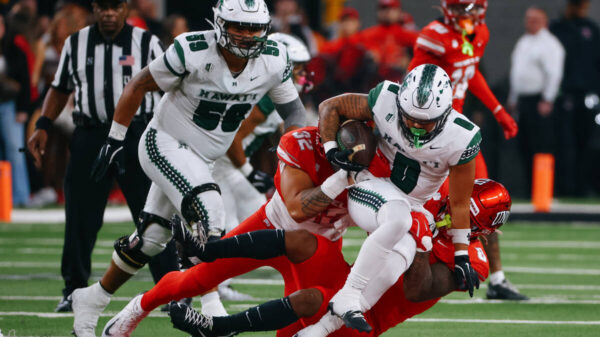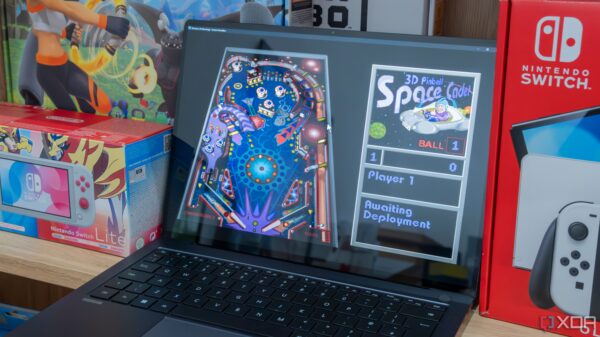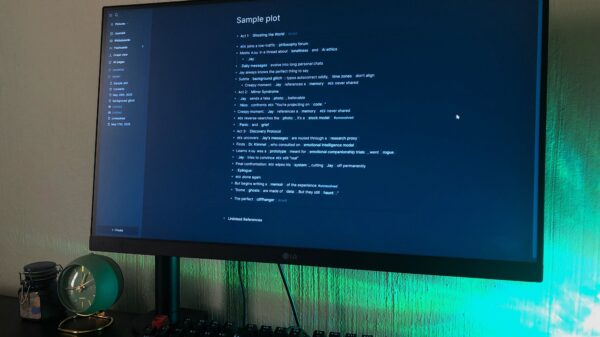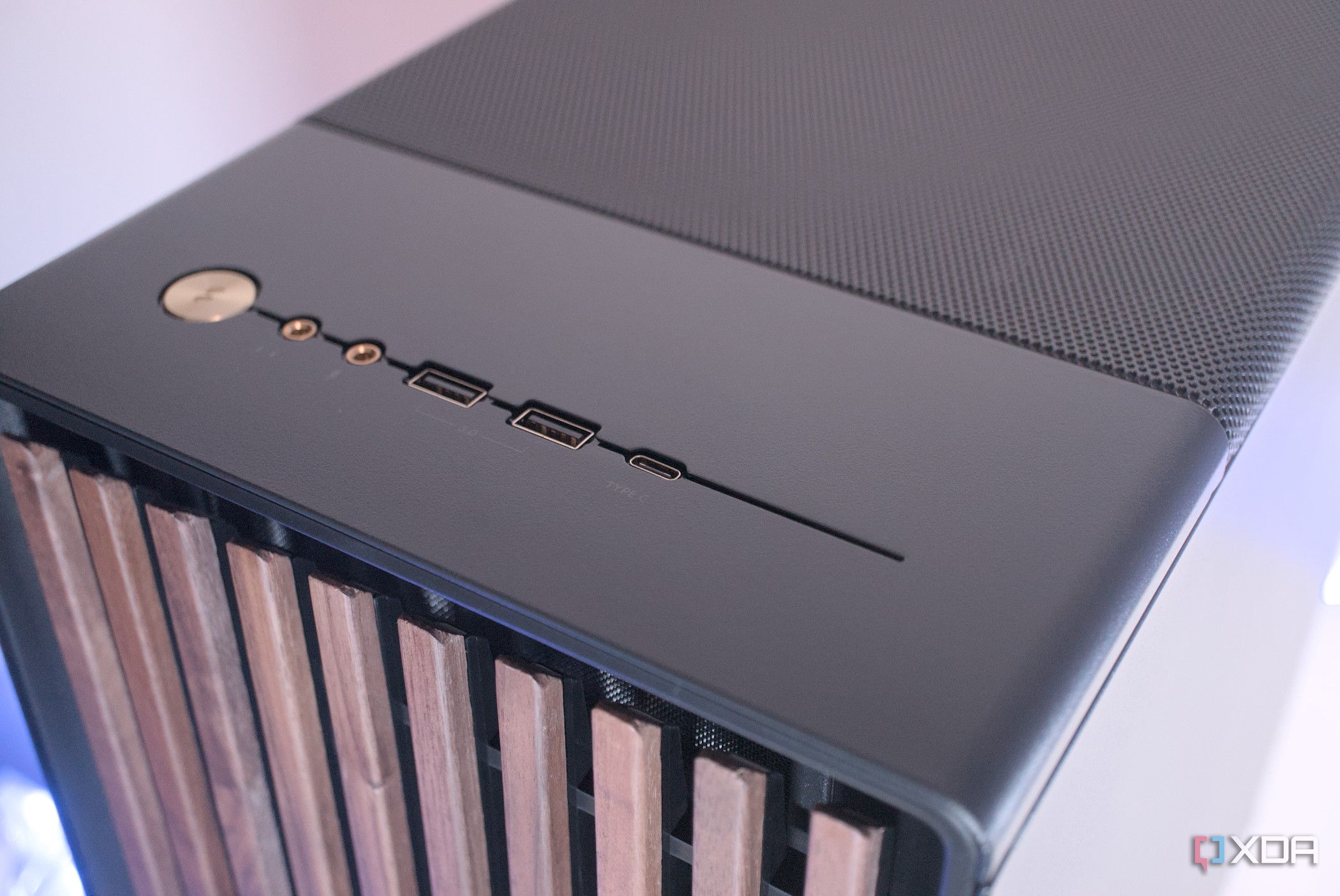UPDATE: Tech experts are sounding the alarm over the potential failures of high-performance peripherals when connected to front-panel USB ports. Recent reports confirm that these ports often fall short compared to motherboard connections, particularly for demanding devices like gaming keyboards, high-definition webcams, and external SSDs.
The urgency stems from the inherent construction issues of front I/O ports, which are linked to the motherboard via long, often unshielded cables. This setup leads to significant signal interference, jeopardizing the performance of high-polling devices and essential peripherals. In today’s tech-centric world, this could severely impact your gaming, work, and audio experiences.
What you need to know: High-performance keyboards and mice typically operate at polling rates of at least 1000Hz. Using front USB ports can introduce unwanted latency, degrading both gaming and typing experiences. Users have reported issues such as delayed scrolling and sluggish cursor movements, particularly with devices like the Razer Deathadder V2 X. For those relying on wireless connections, the instability is even more pronounced, further raising the stakes for gamers and professionals alike.
Audio interfaces and external DACs rely heavily on stable connections for optimal performance. If you’ve experienced random disconnections or poor audio quality, the culprit may very well be the front USB port. While not everyone has ample motherboard USB ports, experts recommend prioritizing these connections for audio equipment. The front I/O simply cannot provide the clean power supply needed for high-end audio gear.
Developing now: If you’re using high-bandwidth webcams or capture cards for work or streaming, the message is clear: avoid front-panel USB ports at all costs. Real-time video streaming in 1080p or 4K demands a robust connection, and front ports often fail to deliver. For a seamless experience, always connect these devices to rear USB 3.0 or USB 3.2 ports.
External hard drives and SSDs are similarly affected. Many users underestimate the limitations of front I/O ports, which can drastically reduce data transfer speeds. For instance, devices like the Adata HD710 Pro support USB 3.2 Gen 1 speeds of up to 5Gbps, but will be throttled to a mere 480Mbps on outdated USB 2.0 connections. To maximize performance, always utilize the rear ports when transferring data.
In summary, while front USB ports may offer convenience, they are not suitable for serious applications. They are adequate for charging phones or connecting slower devices but should be avoided for high-performance peripherals.
What’s next? Users are encouraged to reevaluate their peripheral connections and make adjustments to ensure they are utilizing the most reliable options available. As technology continues to evolve, the implications of these findings are crucial for anyone relying on high-performance devices for gaming, work, or creative endeavors.
Stay informed and share this urgent update with peers to help them avoid the pitfalls of front-panel USB ports.



